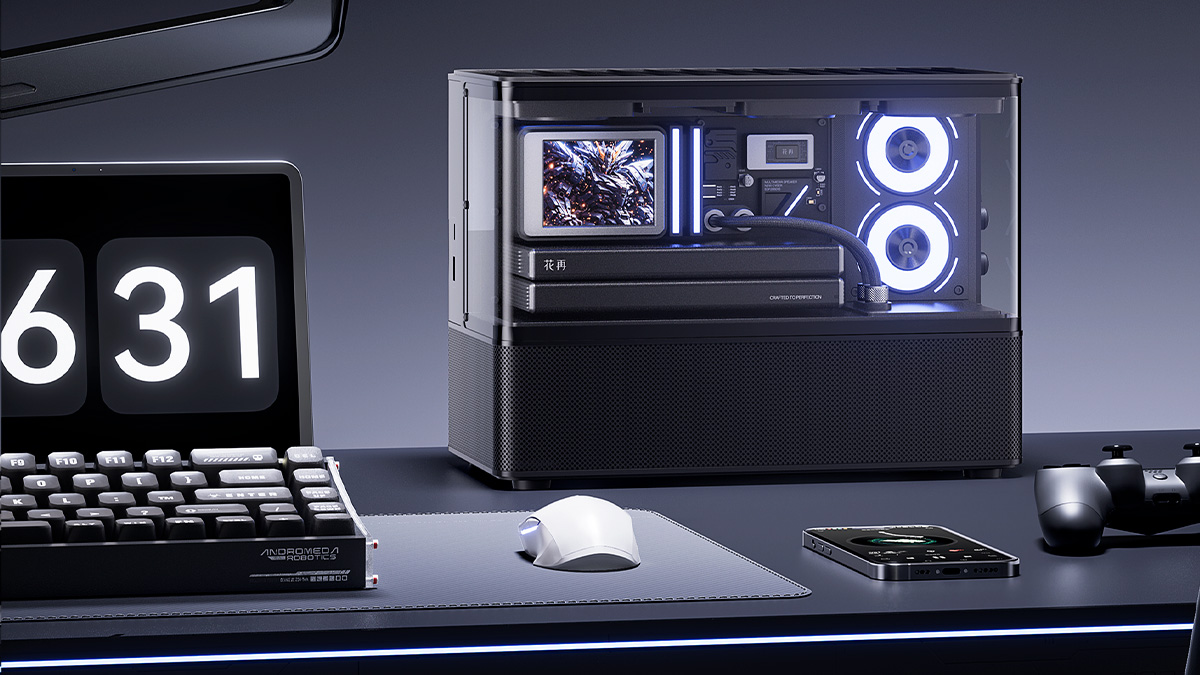On-road performance of the Xpulse 210 feels like a big upgrade over its predecessor. The motorcycle accelerates to 85 km/h in no time. At 100 km/h, with revs at 7,000rpm in sixth gear, ample power is in reserve to make quick overtakes
Powering the Xpulse 210 is a 210cc liquid-cooled single-cylinder engine with DOHC tech. The engine was first introduced on the Karizma XMR 210 and boasts outputs of 24.3 BHP @ 9,250rpm and 20.7 Nm @ 7,250rpm. It offers a significant bump in power and torque compared to the Xpulse 200 4V, which has outputs of 18.9 BHP @ 8,500rpm and 17.35 Nm @ 6,500rpm. While on paper it might seem like the Xpulse 210 might have a weaker bottom end, that’s not exactly the case. A different engine map and cam timing optimisation on the Xpulse 210 compared to Karizma XMR 210, means that 70% of the torque is available from 3,000rpm. Combine that with the shorter gearing (46T rear sprocket compared to 42T on the Karizma XMR 210) with the new six-speed gearbox, and the Xpulse 210 feels urgent off the line.
On-road performance of the Xpulse 210 feels like a big upgrade over its predecessor. The motorcycle accelerates to 85 km/h in no time. At 100 km/h, with revs at 7,000rpm in sixth gear, ample power is in reserve to make quick overtakes. Cruising at triple-digit speeds is not an issue, but the motorcycle doesn’t mask these speeds very well and you can feel the engine being under some strain. The clutch action is light and the six-speed gearbox offers slick shifts. The motorcycle feels most relaxed between 85 – 95 km/h which is good for most riders.

Why didn’t Hero offer the Xpulse with the 250cc engine from Xtreme 250R? I am sure most if not all journalists present at the event might have asked this question to Hero, including us. Unfortunately, Hero didn’t really have a concrete answer to this question. My guess is there are two primary reasons for this decision – one, to keep the costs in check and second, to keep the motorcycle as beginner-friendly as its predecessor.
Suspension and Handling

The Xpulse 210 is underpinned by a new semi-dual cradle frame suspended by beefier telescopic forks (non-adjustable) up front and a 10-step pre-load adjustable gas-charged mono-shock with linkages at the rear. Suspension travel has gone up on both ends (compared to Xpulse 200 4V) with 210 mm (from 190mm) at the front and 205mm (from 170mm) of travel at the rear. The wheelbase too has gone up and now stands at 1,446mm. The ground clearance remains the same at 220mm. The Xpulse is now significantly heavier from 159kg on the Xpulse 200 4V to 170kg on the ‘Top’ variant of the Xpulse 210.
On the road, the suspension setup feels sophisticated. The Xpulse 210 rides stable at triple-digit speeds and I didn’t notice any wallowing over uneven surfaces despite the long-travel suspension. There is some amount of nose dive under hard braking but that is expected on a setup like this. Off-road is where the new setup shines.
Off-roading with the Xpulse 210

The Xpulse has always been a capable off-road motorcycle, and the new one takes it one step further. Our off-road testing route was a mix of dirt track, sand, grasslands and some small rocky water crossings. And the Xpulse 210 dealt with all of it with great poise. Most of the testing was done in the ‘Trail mode’ with rear ABS disabled. Starting with the dirt track, I was able to maintain 55-65 km/h without worrying about the tyres losing traction. Here I encountered a few dips and felt the compression (slightly firm) and rebound damping to be on point. Moving to the rocky stuff, the 21-inch front wheel had no problem dealing with both large and small rocks. Taking on the sand patch felt a bit tricky at first where I was worried about the front-end washing out. Thankfully, we had an instructor with us who suggested I trust the front end, let it float, and only concentrate on throttle input and steering the motorcycle with the lower body. I did as asked, and faced no issues whatsoever.

The linkages to the rear is a substantial addition to the setup. It allows the rear to have better bottom-out resistance and traction. Additionally, the compression on high-speed impact doesn’t send a sudden jolt through the body instead feels a lot more progressive allowing better control of the motorcycle. On one occasion, I encountered a deep rut at decent speeds and thought a crash was imminent. Not only did the motorcycle deal with it without losing stability, but it didn’t bottom out as well. Ground clearance wasn’t an issue during our testing either. As mentioned earlier, all this riding was done on stock tyres. The addition of knobbies will further enhance the Xpulse 210’s capabilities.
At no point did the engine with its increased power feel intimidating. Nor does it feel insufficient. The bottom-end grunt in the second and third gear was more than enough to get out of slow corners and I seldom had to shift to the first gear. The weight wasn’t a problem for the most part except when taking sharp u-turns at slow speeds, where the motorcycle showcased a bit of top-heaviness.
Refinement & NVH
The 210cc engine remains vibe-free until 7,000rpm, post which there are vibes felt in the foot pegs primarily. As mentioned before, this is the same rev range where you hit 100 km/h and above. This is another reason why the motorcycle feels a bit strained at triple-digit speeds. That being said, I didn’t notice any tyre noises and there was no rattling sound from anywhere on the motorcycle after dealing with the rough stuff throughout the day.
Braking
The braking hardware on the Xpulse 210 comprises of a 276mm front disc and a 220mm disc at the rear. The callipers are sourced from Nisin. The feel from both levers is soft. There is ample stopping power on offer, though. On the road, you might feel the need for more bite from the front but the setup works well in off-road conditions. However, I would have preferred slightly more bite from the rear, especially when using it to slide during off-roading.
Closing Thoughts

To answer the question we began the review with, the Xpulse 210 is a significant and worthy upgrade over the Xpulse 200 4V. The updated engine and new six-speed gearbox takes care of touring while the updated suspension setup adds to the motorcycle’s off-road capabilities. Yes, the 250cc engine from the Xtreme 250R would have made this motorcycle an even better tourer and a complete package, but it would have come at the cost of affordability. Additionally, the extra power from that engine might have felt intimidating for off-road beginners. Overall, the Xpulse 210 does make a strong case for itself as being one motorcycle for most, if not all your needs.
Continue reading the discussion of the Hero Xpulse 210 on our forum.






